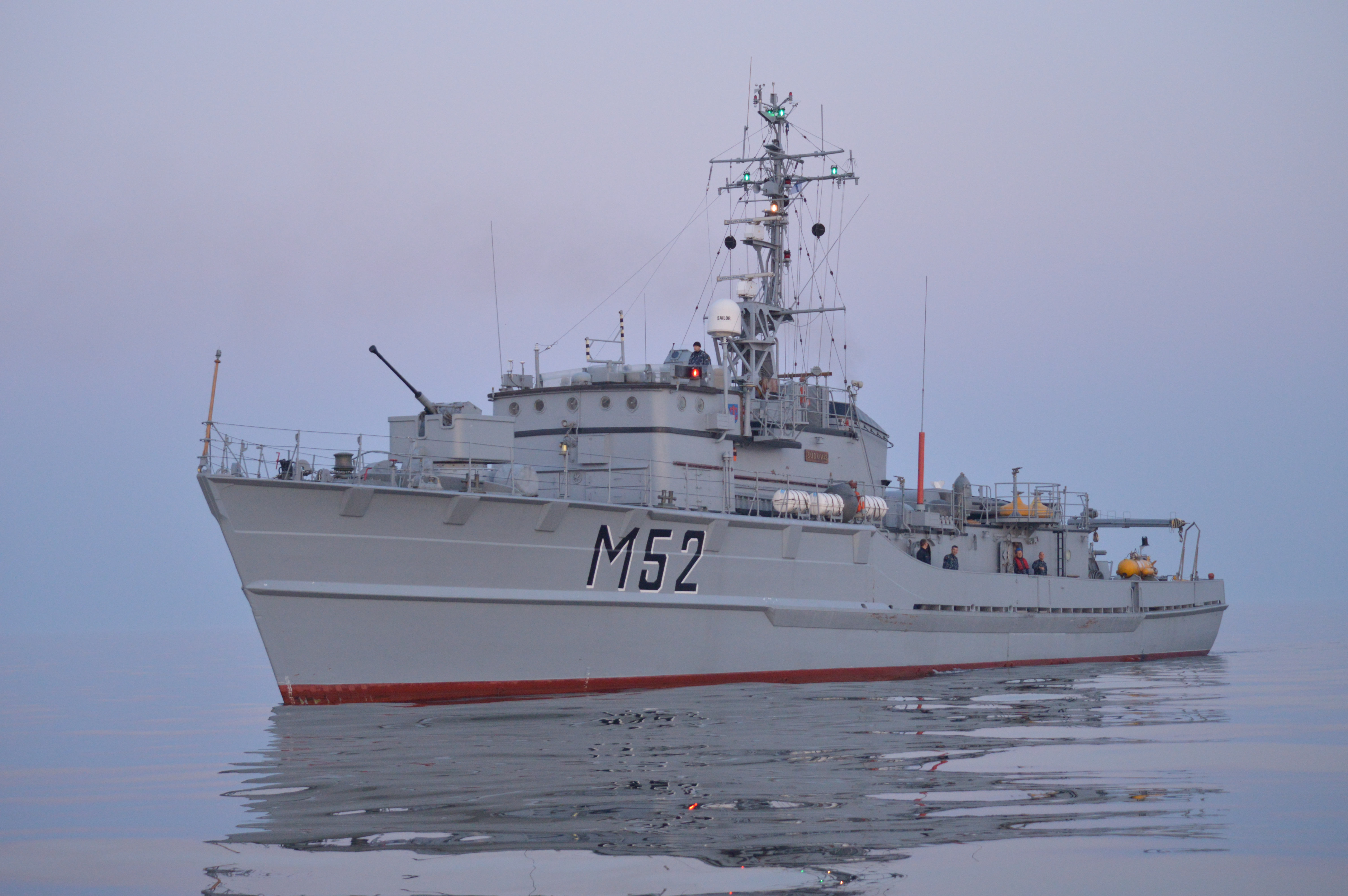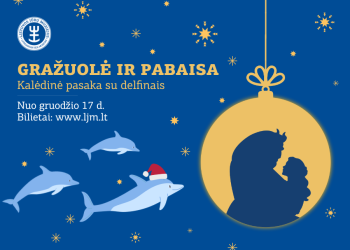SHIP: Descending to the lower deck, we find ourselves in the engine room – the place where the ship’s heart beats at its strongest rhythm. It is quiet now, and inside you will find two exclusive Maybach products – the MTU engines. The Germans had a tradition of naming their engines. The “Sūduvis” engines also have their names: the first one is Bianca, the second is Silvia. Each has 16 cylinders and generates 2,600 horsepower. These engines are my driving force. I can reach speed of as high as 16 knots, or approximately 30 km/h. In fact, at top speed, I would consume about 700 litres of diesel fuel every hour. At low speed, I needed about 200 litres. Everything here was pulsating with life.
Background sound: calling one of the crew members: “Chief of the electromechanical combat unit, stand by. I repeat: “Chief of the electromechanical combat unit, stand by”.
CHIEF OF THE ELECTROMECHANICAL COMBAT UNIT 1: Indeed, our work was invisible. If we did a good job, nobody even knew we existed. But if something went wrong, it was found out instantly. It’s like a galley: if the food is bad, everyone is unhappy within minutes. The same with us – a fault in the electrical power supply or a broken pipe in the seamen’s head (meaning the ship’s toilet) would quickly remind the crew of our presence. My name is Justas Žaglinskis, the last commander of the electro-mechanical combat unit on board “Sūduvis”; served from 2018 to 2019. I grew up in Šiauliai District, a small town called Gruzdžiai. I entered to study at a higher education institution in Klaipėda – because I liked the city. I studied Maintenance of Ship Power Equipment, or Ship Mechanics at Klaipėda University and chose the path of a researcher. Only after that I decided to serve on a ship. Civil shipping did not hook me, but military shipping and warships were much more appealing, as I had also graduated from the young officers’ courses. I wanted to start right after graduating my Bachelor degree studies, but the circumstances did not work out. When circumstances changed again, I dusted off my junior officer’s diploma. There was an option of more comfortable patrol vessels, but I decided to start my career with “Sūduvis”.
CHIEF OF THE ELECTROMECHANICAL COMBAT UNIT 2: And I am Tomas Abromavičius, the chief of the electromechanical combat unit of the ship “Sūduvis”, who served in the period between 2009 and 2013.We used to depart for a month or longer. I didn’t get seriously seasick, I only had a headache, I wanted to eat, that’s all. Everyone experiences sea-sickness differently. I remember, in a big swell, all the wood would crack, just like on yachts. When there was a big storm, there was a feeling of fear that the ship would break.
CHIEF OF THE ELECTROMECHANICAL COMBAT UNIT 1: The last long voyage from Tallinn was difficult. Breakdowns followed one by one, and the ship seemed to be trying her best not to give up. The intercooler was leaking water into the cylinders, the steering wheel was breaking down and the propellers were vibrating strongly. Even when we went to sea after the repairs, we had a near-fire event – the leak between the turbocharger and the exhaust manifold occurred, which led to lubricating oil leakage on the manifold, which was red-hot. That case was the last. It was decided that “Sūduvis” needs to rest.
Background sound: “Your watch is over.”
SHIP: My days were counted. Old and tired, I finally rested.
SHIP: Let’s head towards the galley.


